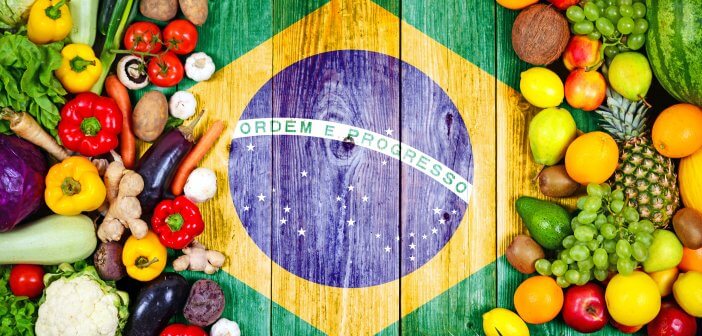Brazilian Gastronomy:
What about a “tasty” regional tour of Brazil? Let us be your guide!
With over 500 years of history, Brazilian cuisine is highly diverse, the result of a great mix of ingredients, foods and traditions that date back to the indigenous native population and the migratory influences over the centuries.
Even the “discovery” of Brazil relates to cooking, given that the Portuguese caravels that landed in the country in 1500 were, in fact, in search of India and its spices. Today, every region of the country has its own gastronomic identity, and each local cuisine has adapted to each region’s unique climate, geography and history.
The strong indigenous heritage in the North is represented by foods such as cassava, cupuaçu (similar to cacao), açaí (native berry), guaraná (native fruit) and pirarucu (fish). The region’s most typical dishes are duck in tucupi (cassava sauce), caruru (a condiment made with okra, onion, shrimp and palm oil), tacacá (shrimp soup) and maniçoba (meat stew).
The African influence in the Northeast is responsible for more common ingredients, such as palm oil and coconut milk, mixed with tropical fruits like Graviola and seafood, such as crab. The most typical dishes from the region are acarajé (fried balls made from peeled beans), vatapá (shrimp stew with coconut milk), caranguejada (crab), bachata (stuffed lamb/goats stomach), paçoca (peanut candy), tapioca (a starch extracted from cassava roots), couscous and cicada (coconut candy).
In the Midwest, the abundance of livestock and the proximity to the other Latin American cultures have yielded ingredients like dried meat, erva-mate (tea) and delicious dishes such as ensopado de peixe (fish stew).
The Southeast’s cosmopolitan nature has mixed Portuguese and indigenous traditions with those of the Japanese, Lebanese, Syrian, Spanish and Italian immigrants that came to the region, especially in São Paulo. The result is a strong culture of dishes like pasta and ingredients that go well with potatoes and meats, like picadillo (beef stew). The flavours of Minas Gerais are consistently singled out, with incomparable delicacies such as pão de queijo (cheese bread), tutu beans and other broths.
In the South, the German and Italian migrants have established their different customs and heritage. The main dishes of the region are churrasco (BBQ), barreado (slow-cooked beef stew), polenta, stuffed duck, joelho de porco (pork) and, on the coast, the Azorean culture of seafood.
As a result of this mix of influences and the variations in climate, topography, soil type and people inhabiting any particular region, it is very difficult to single out one truly typical Brazilian plate. One dish that unites the nation is rice and beans, but preparation tends to vary by region. Irrespective, the mixing of these two common ingredients, despite being so characteristic, fails to capture the complexity and richness of the national cuisine.
Sampling the various foods of Brazil is, therefore, to learn and understand the country’s delicious history.
Brazilian lifestyle, travel, tourism and Brazilian and Latin American culture at BBMag the only London-based trilingual publication.
For more information about Brazil, travelling to Brazil, Holidays in Brazil and Brazilian tourism please also visit VBRATA Visit Brazil Travel Association.

















